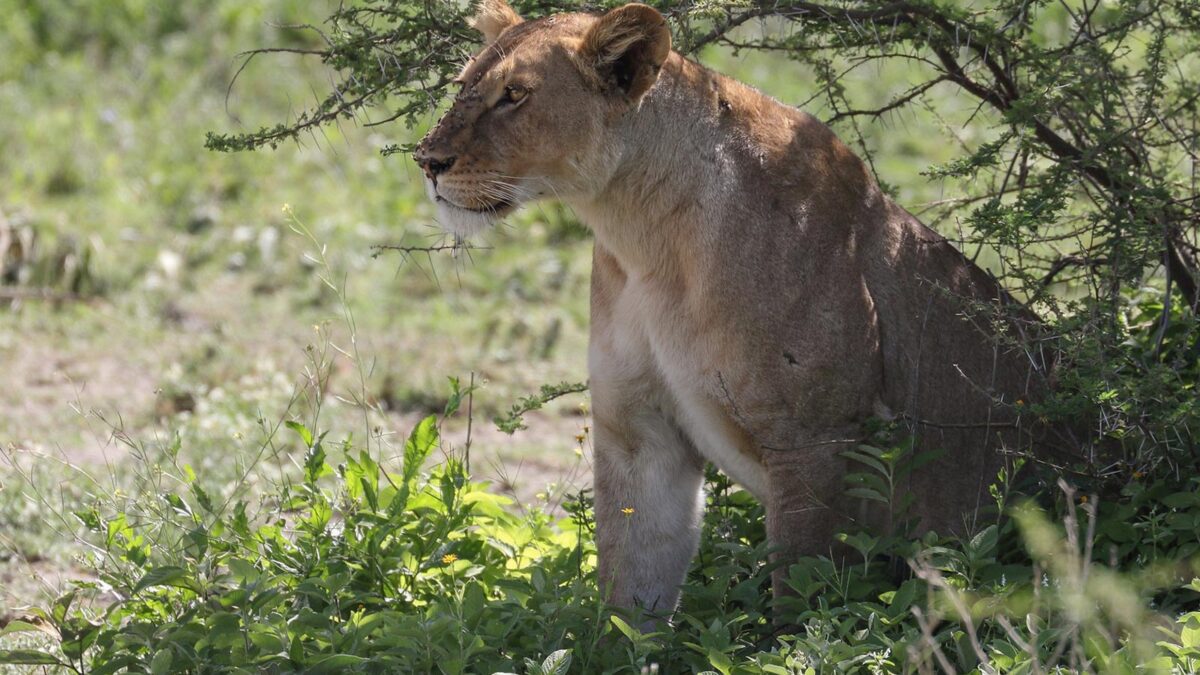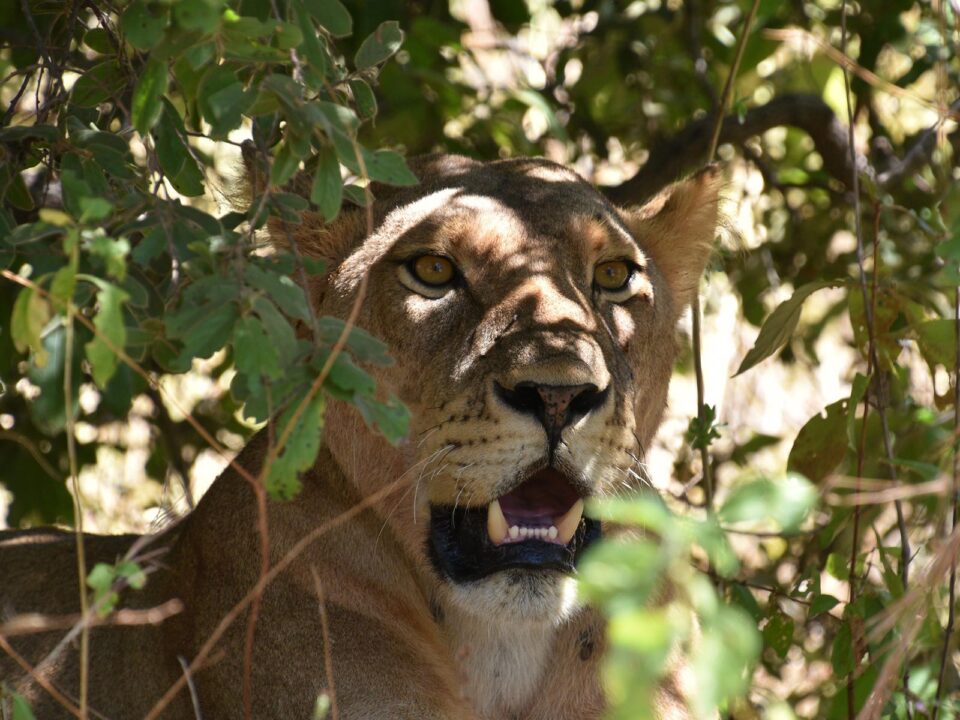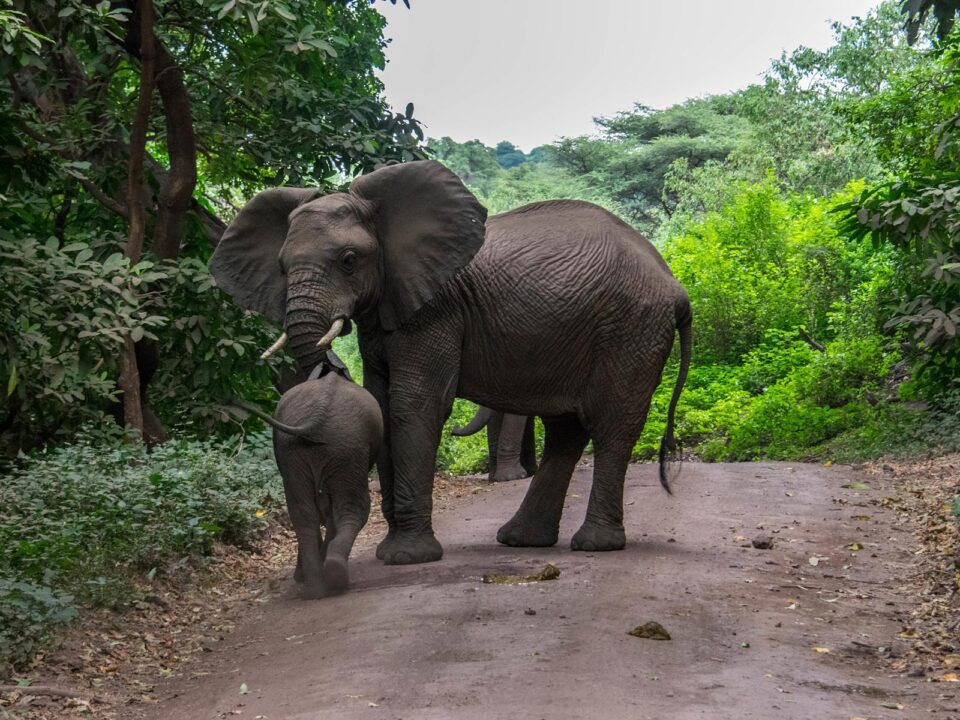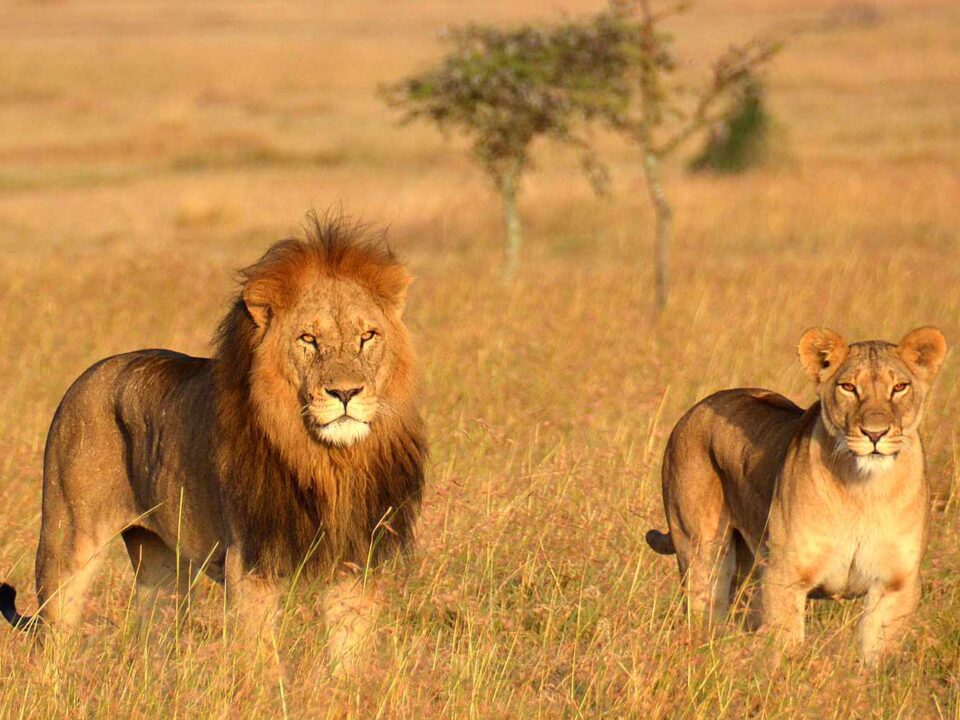East African Safari in October

Discover Uganda’s Mountain Gorillas on a Budget
February 16, 2024
Best Time to Visit Jinja Town for Adventure Holiday
February 16, 2024October Splendor: Exploring East Africa’s Safari Delights
Embark on an East African safari in October, immersing yourself in the enchanting landscapes and wildlife wonders that grace this region. East Africa stands as a year-round safari haven, boasting a temperate climate, seasonal migrations, and abundant resident wildlife. The allure of an East African safari lies not in a single optimal time, but in understanding how the dynamic interplay between rainy and dry seasons shapes the game viewing experience and influences the Great Wildebeest Migration.
As October unfolds, it marks the culmination of the dry season in East Africa. The vast herds of Wildebeest still dot the landscapes of Kenya’s Masai Mara National Reserve and Tanzania’s northern Serengeti National Park. The short rains, typically making their entrance towards the month’s end, signal the beginning of the herds’ southward movement.
These short rains in October manifest as brief yet dramatic afternoon downpours. Despite the sporadic rainfall, embarking on an East African safari during this period proves exceptionally rewarding. Abundant resident game flourishes amidst the landscapes, and the reduced number of vehicles and tourists enhances the intimacy of the game viewing experience.
While the exact timing of the migration’s departure varies yearly, by early to mid-October, the herds usually bid farewell to the Masai Mara National Reserve, making their way into Tanzania. Nevertheless, this remains an opportune time for a safari in the Masai Mara. As November approaches, the resident wildlife of Masai Mara welcomes a new generation, with various species giving birth to their young. Wildlife enthusiasts and photographers are treated to sightings of newborn calves, foals, fawns, cubs, and pups.
The advent of the short rains in October witnesses the wildebeest coalescing into mega herds, embarking on their journey from the Masai Mara National Reserve to the eastern plains of the Serengeti National Park and the northern realms of the Ngorongoro Crater Conservation Area in Tanzania. Seizing this moment allows travelers to capitalize on reduced accommodation rates and a more intimate safari experience with fewer crowds in Tanzania’s Serengeti National Park.




